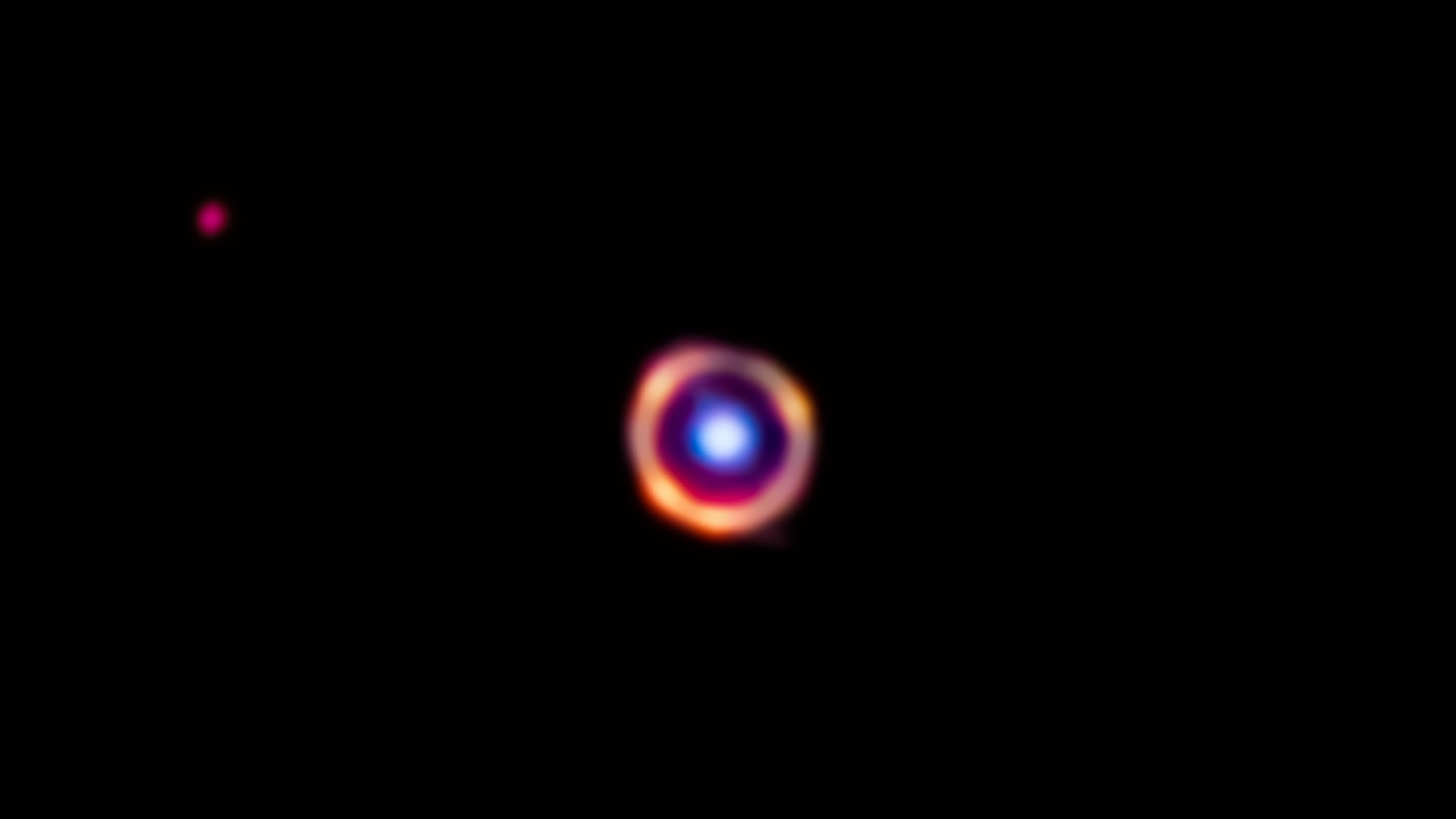Discovering the Oldest Known Examples of Complex Organic Molecules in the Universe
Key Highlights :

Astronomers have made a remarkable discovery using the James Webb Space Telescope (JWST) – they have detected the oldest known examples of complex organic molecules in the universe. The carbon-based molecules, technically known as polycyclic aromatic hydrocarbons, are found in oil and coal deposits on Earth, as well as in smog. These complex organic molecules are common in space, where they are often linked to tiny dust grains.
The molecules were found in an early galaxy that formed when the universe was about 10% of its current age, located more than 12 billion light-years from Earth. According to lead author Justin Spilker, an astronomer at Texas A&M University in College Station, “We’re talking about big, floppy molecules with dozens or hundreds of atoms in them.”
The discovery was made with the help of a warp in the fabric of space-time known as a gravitational lens. This lens, produced by a massive cluster of galaxies, acted like a giant magnifying glass, allowing the astronomers to detect the molecules. Given the extreme distance of the galaxy, the light the astronomers detected began its journey less than 1.5 billion years after the Big Bang.
The findings suggest that galaxies can form in overdrive, forming large, complex molecules quickly after the Big Bang. This pushes back the old record for detections like this by about an extra billion years.
The study also revealed that the presence of these molecules is not uniform across the galaxy, the reason for which remains to be explained. In addition, it suggests that complex organic molecules may not always be linked with star formation.
The findings demonstrate the power of the JWST, which was able to detect the molecules in a mere hour of observations. In comparison, the previous record-holder for the oldest complex organic molecules was detected using more than a full day’s worth of observations by NASA’s Spitzer Space Telescope.
These findings have major implications for our understanding of the universe and its evolution. The scientists hope to push even further, exploring younger galaxies to discover if they have enough time for molecules this big to form. Further research may also help to explain why these molecules exist in some regions of galaxies but not others.
The findings were published in the journal Nature on June 5.
